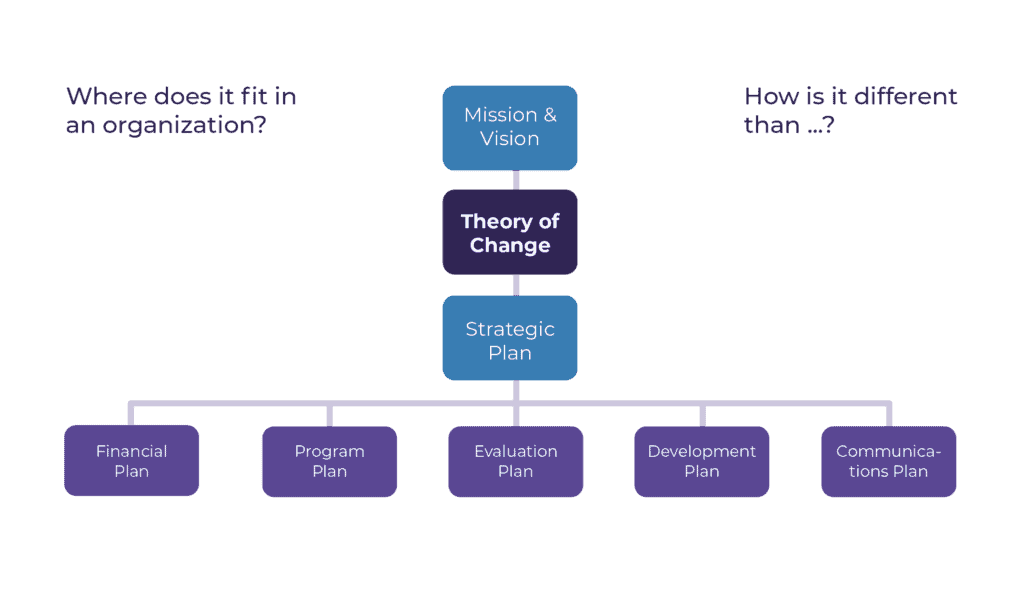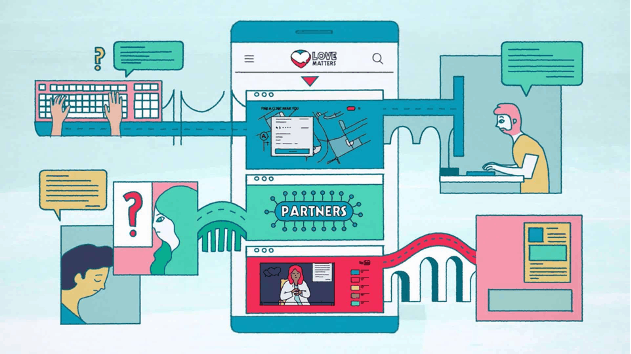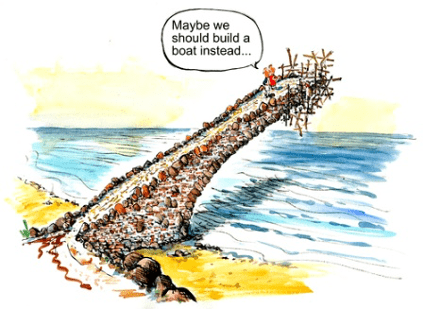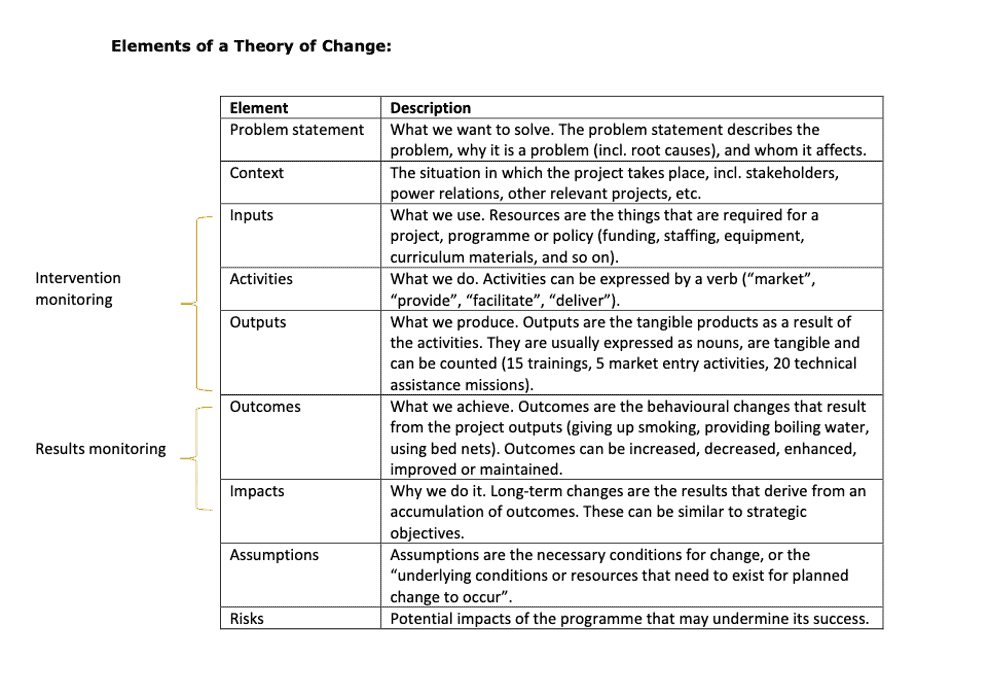What is a Theory of Change?
The Theory of Change of an organisation is a key piece of work. From it, organisations develop their strategic thinking and all other plans.

What is the mission and vision of the organisation?
Our vision
Our vision is to contribute to a world where young people in restrictive settings confidently claim their rights, assume their place in society, and shape a better future.
Our mission
Our mission is to identify young people’s needs and to bring young people together in user-owned digital communities where they can safely engage on taboos and sensitive topics and generate strong stories for advocacy to unleash their potential for social change.

What is a Theory of Change?
It comprises of two parts:
Change = the change an organisation hopes to make in the world
Theory = their idea on how this will happen. Because we recognise that social processes are complex and unpredictable, and that there are different ways in which change could happen.
It can be developed for any level of intervention – an event, a project, a programme, a policy, a strategy or an organisation. RNW media has an organisational Theory of Change and one for each of its programmes.
The Theory of change answers (from our point of view):
- How does change happen?
- How do we understand change?
- What change do we want to achieve?
A useful definition on what a ToC is is given by Patricia Rogers:
Every programme is packed with beliefs, assumptions and hypotheses about how change happens – about the way humans work, or organisations, or political systems. Theory of change is about articulating these many underlying assumptions about how change will happen in a program.
In: Review of the use of Theory of Change, in international development, Isabel Vogel, 2012
A Theory of Change fills in what a programme does (its activities or interventions) and how these lead to desired goals being achieved. It therefore describes the impact of the programme.
Theory of Change is an ongoing process of reflection to explore change and how it happens – and what that means for the part we play in a particular context, sector and/or group of people.
In: Cathy James, Comic Relief Theory of Change Review, 2011
A Theory of Change is a way for all stakeholders to understand how your organisation wishes to achieve a desired long-term goal through identifying all the conditions (outcomes) that must be in place (and how these relate to one another causally) for the goals to occur.
Why?
Helps an organisation better understand what it wants to achieve.
- Helps you define your intended outcomes and the connections between them
- Identify the ‘why’ and ‘how’ of your organisation (Clarity and Focus)
- Create a foundation for evaluation, program development, organizational change or strategic planning
- Communicate more effectively with internal and external stakeholders
- Forms the model on which to measure the program’s impact (PMEL)

How?
A theory of change should ideally draw upon a combination of information and processes, including:
- Needs assessment that identifies what must be in place for success
- Documented objectives
- Previous evaluations and research on similar programmes or policies, particularly those that include analysis of how the programmes/policies work
- Expert opinion on these types of programmes/policies
- Perspectives of staff, managers, partners and community members about how (not whether or not) the intervention works, or fails to work
- Feedback from relevant stakeholders on draft versions of the Theory of Change
- Research-based theories about how change occurs
The basic building blocks of a Theory of Change
Problem definition, activities, outputs and impact are the basic building blocks of a Theory of change.

Here are some key terms that you need to familiarise yourself with:
- Assumptions: the conditions that must be in place for a certain part of a programme to work as expected.
- Activities: the day-to-day tasks an organisation must undertake in order to provide a product or service.
- Outputs: the products or services produced by program activities; deliverables.
- Outcomes: the intended results of a program; the change it seeks to create. These are typically outside control of the organisation. This where the “theory” comes in; the organisation has reason to believe that the provision of outputs should lead to the intended outcomes.
- Impact: the changes the program intends to make– the measure of programme outcomes.
- Logical framework/log frame: a matrix that shows how to measure the theory of change, linking each outcome with the requisite activity and output, identifying relevant assumptions, and laying out key metrics for each.

Go to Assignment 2.1: Investigate the TOC of Citizens Voice and Love Matters.

